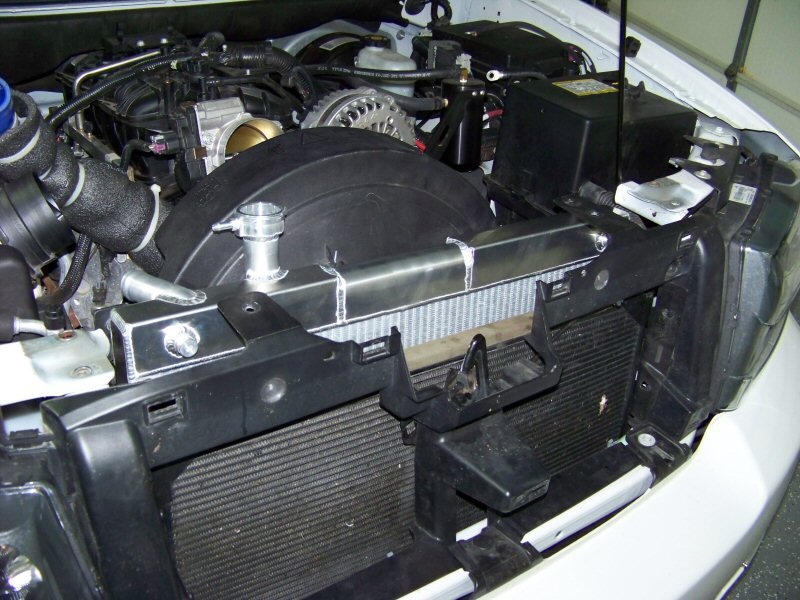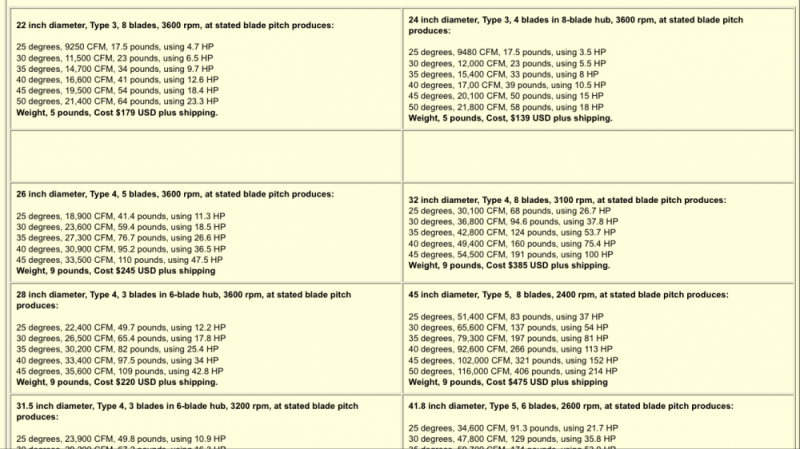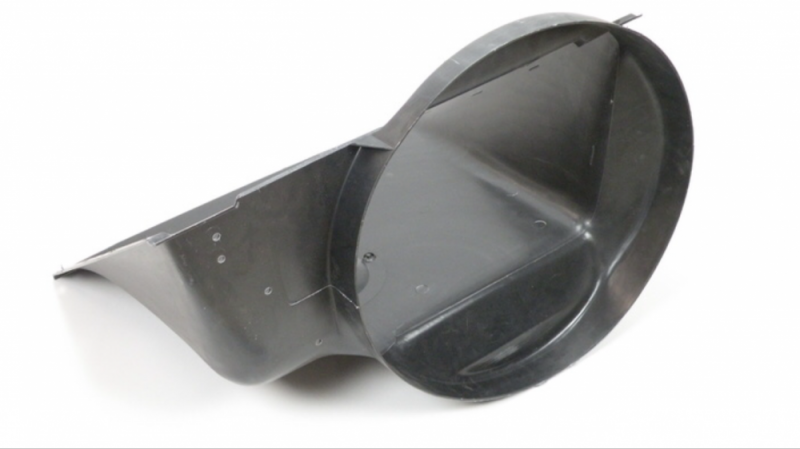Will L.
Well-Known Member
As always, if a moderator feels relocating this thread is best, please do so- I just guessed at this section.
I am wondering if anyone has any CFM specs on any of the fans used from gmt400, Hummer/hmmwv or duramax fan.
I vaguely recall @WarWagon throwing out a number or two in the past but can’t recall if those were just electric or what.
In working on the hmmwv fanclutch adapter to spin on waterpump, an old thought of what is the best fan, yet available came up. Making an adapter to a non available fan or second rate fan seems dumb at best. So this lead to chasing variable pitch fans. I found some that aren’t insane expensive, but need some solid reference points to work off of.
I have the GM 15992650 long known best airflow of the gmt400, which according to John Kennedy fows better than the duramax fan from his testing. I also have the 6003064 Hummer blade that the AM General guys said was the best metal Hummer blade (I lucked out there), but idk what numbers the plastic ones did or if they are better or worse.
The variable pitch seems like a great idea to me, cuz I could set mine for max cooling, and ignore mpg. Others might adjust thiers for less cooling and better mpg.
There are also other fans I have found that are serious air movers that are fixed angles but again, need cfm specs to know what to compare.
As always any info is appreciated and any mild to wild concepts to share welcome.
I am wondering if anyone has any CFM specs on any of the fans used from gmt400, Hummer/hmmwv or duramax fan.
I vaguely recall @WarWagon throwing out a number or two in the past but can’t recall if those were just electric or what.
In working on the hmmwv fanclutch adapter to spin on waterpump, an old thought of what is the best fan, yet available came up. Making an adapter to a non available fan or second rate fan seems dumb at best. So this lead to chasing variable pitch fans. I found some that aren’t insane expensive, but need some solid reference points to work off of.
I have the GM 15992650 long known best airflow of the gmt400, which according to John Kennedy fows better than the duramax fan from his testing. I also have the 6003064 Hummer blade that the AM General guys said was the best metal Hummer blade (I lucked out there), but idk what numbers the plastic ones did or if they are better or worse.
The variable pitch seems like a great idea to me, cuz I could set mine for max cooling, and ignore mpg. Others might adjust thiers for less cooling and better mpg.
There are also other fans I have found that are serious air movers that are fixed angles but again, need cfm specs to know what to compare.
As always any info is appreciated and any mild to wild concepts to share welcome.



